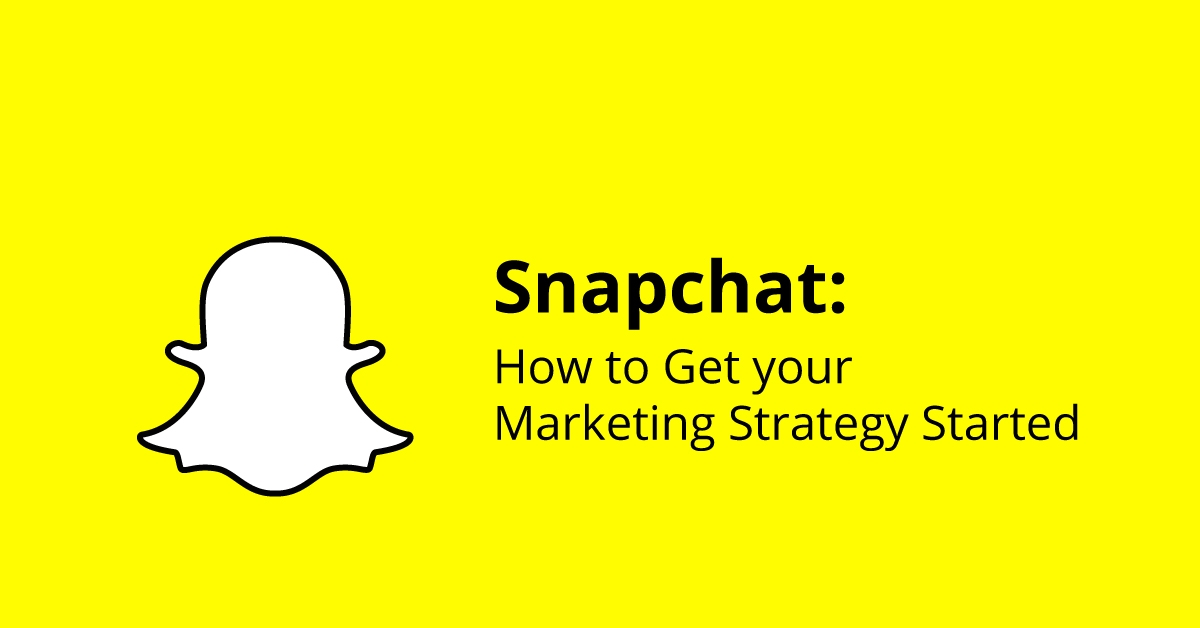
Measure your success on Snapchat Advertising
August 17, 2017
17 Recent Facebook Updates
September 6, 2017As a marketer and as an SEO, there is a process that we can use. We do not have access to every single one of these components that Google can measure, but we can look at some things that will help us determine this is high quality, this is low quality, maybe I should try deleting or removing this from my site or recreating it if it is low quality.
In general as a marketers, we are going to urge you NOT to use things like:
A. Time on site, raw time on site
B. Raw bounce rate
C. Organic visits
D. Assisted conversions
Why not? Because by themselves, all of these can be misleading signals.
So a long time on your website could be because someone’s very engaged with your content. It could also be because someone is immensely frustrated and they cannot find what they need. So they’re going to return to the search result and click something else that quickly answers their query in an accessible fashion. Maybe you have lots of pop-ups and they have to click close on them and it’s hard to find the x-button and they have to scroll down far in your content. So they’re very unhappy with your result.
Bounce rate works similarly. A high bounce rate could be a fine thing if you’re answering a very simple query or if the next step is to go somewhere else or if there is no next step. If I’m just trying to get, “Hey, I need some pressure washing tips for this kind of treated wood, and I need to know whether I’ll remove the treatment if I pressure wash the wood at this level of pressure,” and it turns out no, I’m good. Great. Thank you. I’m all done. I don’t need to visit your website anymore. My bounce rate was very, very high. Maybe you have a bounce rate in the 80s or 90s percent, but you’ve answered the searcher’s query. You’ve done what Google wants. So bounce rate by itself, bad metric.
Same with organic visits. You could have a page that is relatively low quality that receives a good amount of organic traffic for one reason or another, and that could be because it’s still ranking for something or because it ranks for a bunch of long tail stuff, but it is disappointing searchers. This one is a little bit better in the longer term. If you look at this over the course of weeks or months as opposed to just days, you can generally get a better sense, but still, by itself, I don’t love it.
Assisted conversions is a great example. This page might not convert anyone. It may be an opportunity to drop cookies. It might be an opportunity to remarket or retarget to someone or get them to sign up for an email list, but it may not convert directly into whatever goal conversions you’ve got. That doesn’t mean it’s low-quality content.
THESE can be a good start:
So what I’m going to urge you to do is think of these as a combination of metrics. Any time you’re analyzing for low versus high quality, have a combination of metrics approach that you’re applying.
1. That could be a combination of engagement metrics. I’m going to look at…
- Total visits
- External and internal
- I’m going to look at the pages per visit after landing. So if someone gets to the page and then they browse through other pages on the site, that is a good sign. If they browse through very few, not as good a sign, but not to be taken by itself. It needs to be combined with things like time on site and bounce rate and total visits and external visits.
2. You can combine some offsite metrics. So things like…
- External links
- Number of linking root domains
- PA and your social shares like Facebook, Twitter, LinkedIn share counts, those can also be applicable here. If you see something that’s getting social shares, well, maybe it doesn’t match up with searchers’ needs, but it could still be high-quality content.
3. Search engine metrics. You can look at…
- Indexation by typing a URL directly into the search bar or the browser bar and seeing whether the page is indexed.
- You can also look at things that rank for their own title.,Google Search Console and see click-through rates & at unique versus duplicate content.
So if I type in a URL here and I see multiple pages come back from my site, or if I type in the title of a page that I’ve created and I see multiple URLs come back from my own website, I know that there’s some uniqueness problems there.
4. You are almost definitely going to want to do an actual hand review of a handful of pages.
- Pages from subsections or subfolders or subdomains, if you have them, and say, “Oh, hang on. Does this actually help searchers? Is this content current and up to date? Is it meeting our organization’s standards?”





